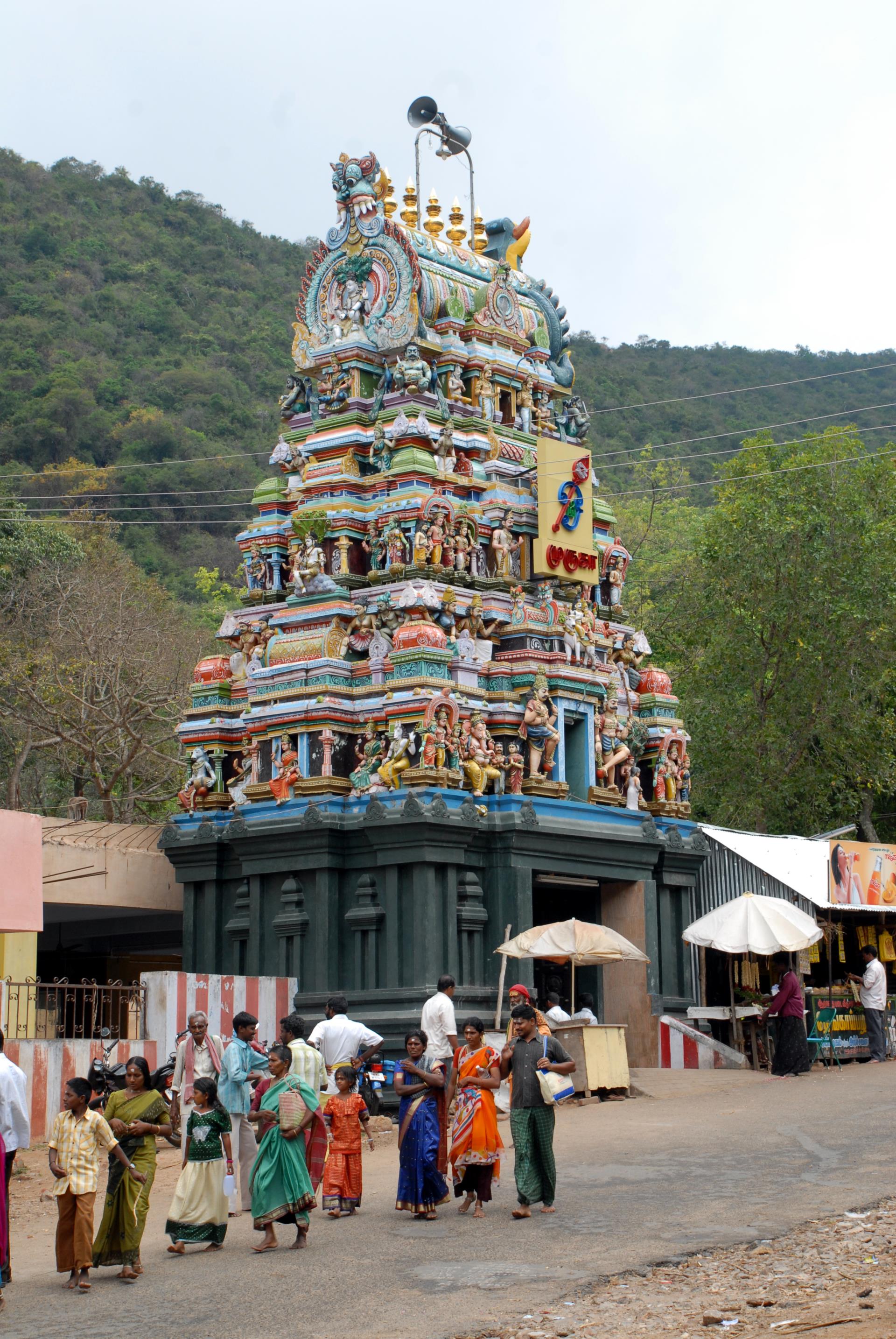
Sorry, we couldn't find anything that matches your search.
Destination

Famous Places to Explore in Hyderabad
A vibrant city with the imposing...

Raipur Tourist Places | Best Place to Visit
The stronghold of several erstwhile...

Ahmedabad
Declared as India's first UNESCO World...
#
This majestic palace stands as a fine blend of Islamic and Dravidian styles of palace architecture. Originally designed as the king's residence by an Italian architect, the palace complex was four times larger than what remains of it today. Known for beautiful stucco work, especially on its arches and domes, this palace is a visual treat for visitors. It is beautifully adorned both on the inside and outside. Another notable feature is the celestial pavilion that was constructed using brick and mortar without the support of a girder or rafter. There are about 248 pillars in the palace giving an idea as to the magnificence of its size. The main area of the palace has been divided into two sections: Rangavilasa and Swargavilasa. These sections house a variety of sections, including the royal residence, shrine, apartments, theatre, pond, garden, armoury and royal bandstand.
A museum housed within the premises given as insight into the region's history and art and architecture. Tourists can also attend a sound and light show held in the palace. Named as a national monument right after Indian gained independence, the palace was built in 1636 AD by the ruler of Madurai, Tirumalai Nayak, and is considered as the most illustrious monument built under their patronage. It lies in close vicinity to the famous Meenakshi Amman Temple.








